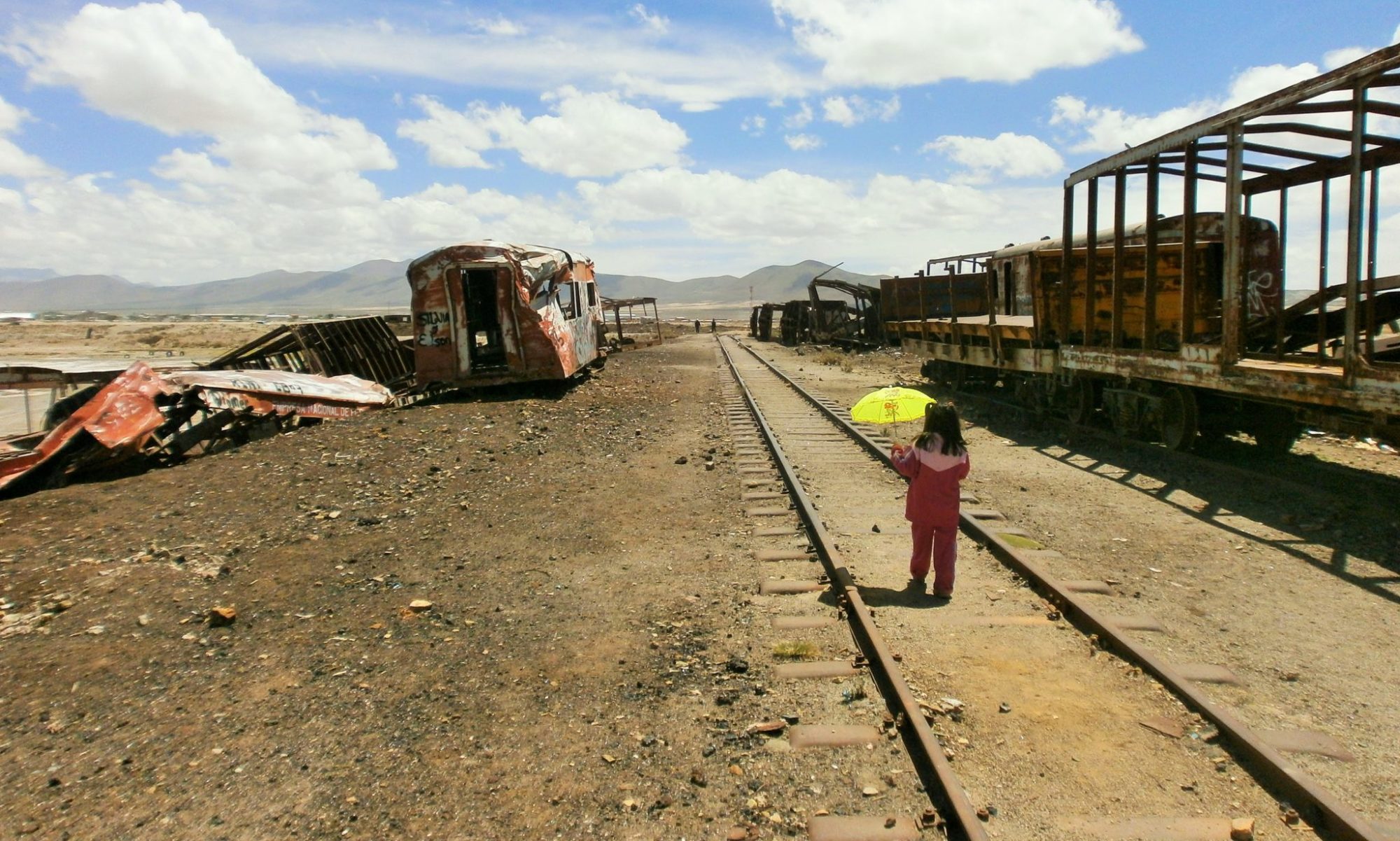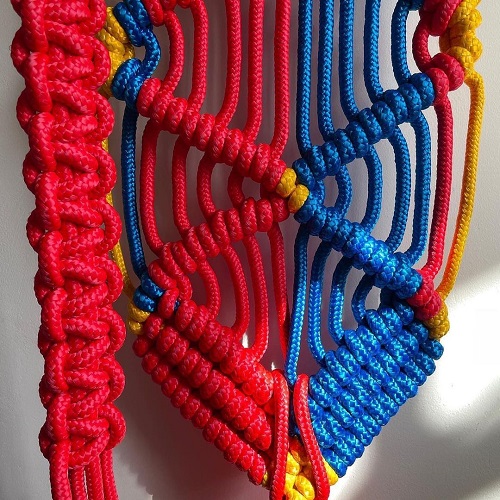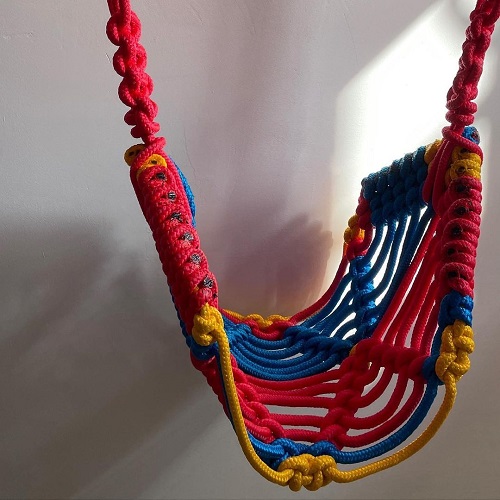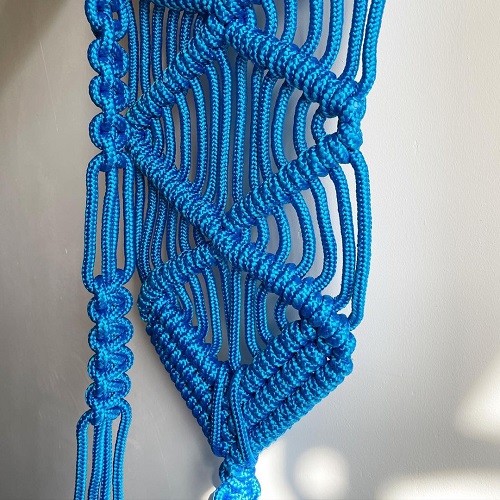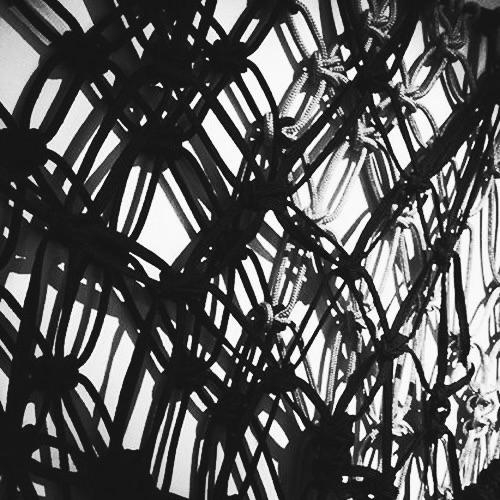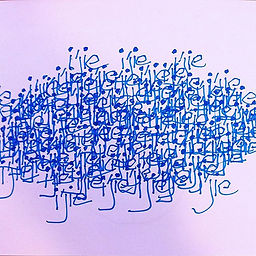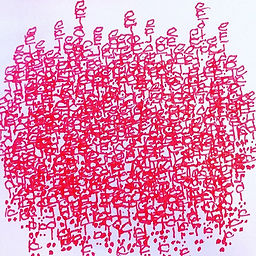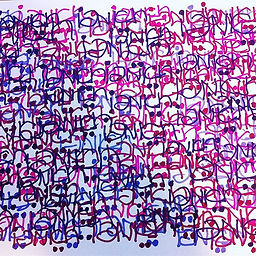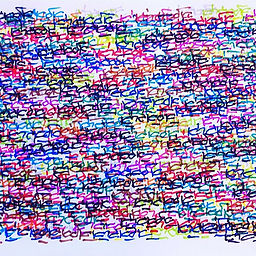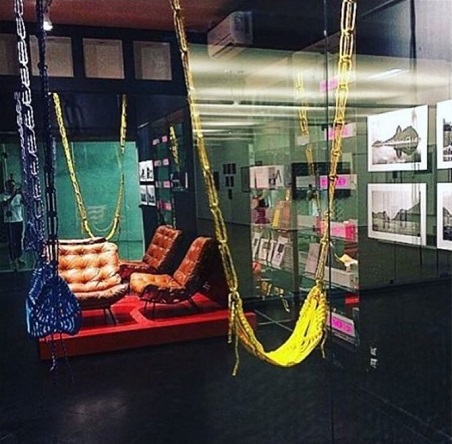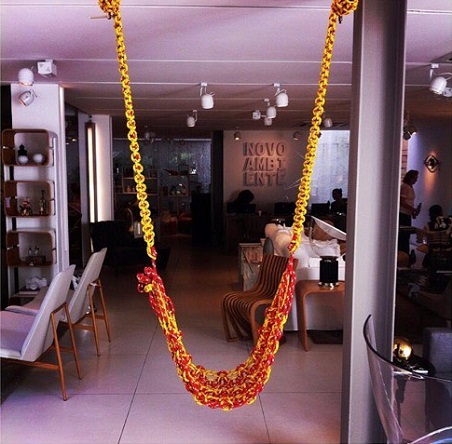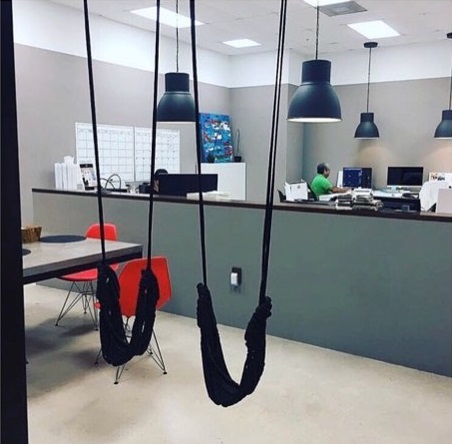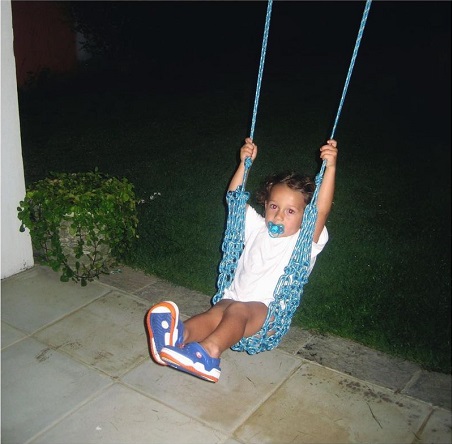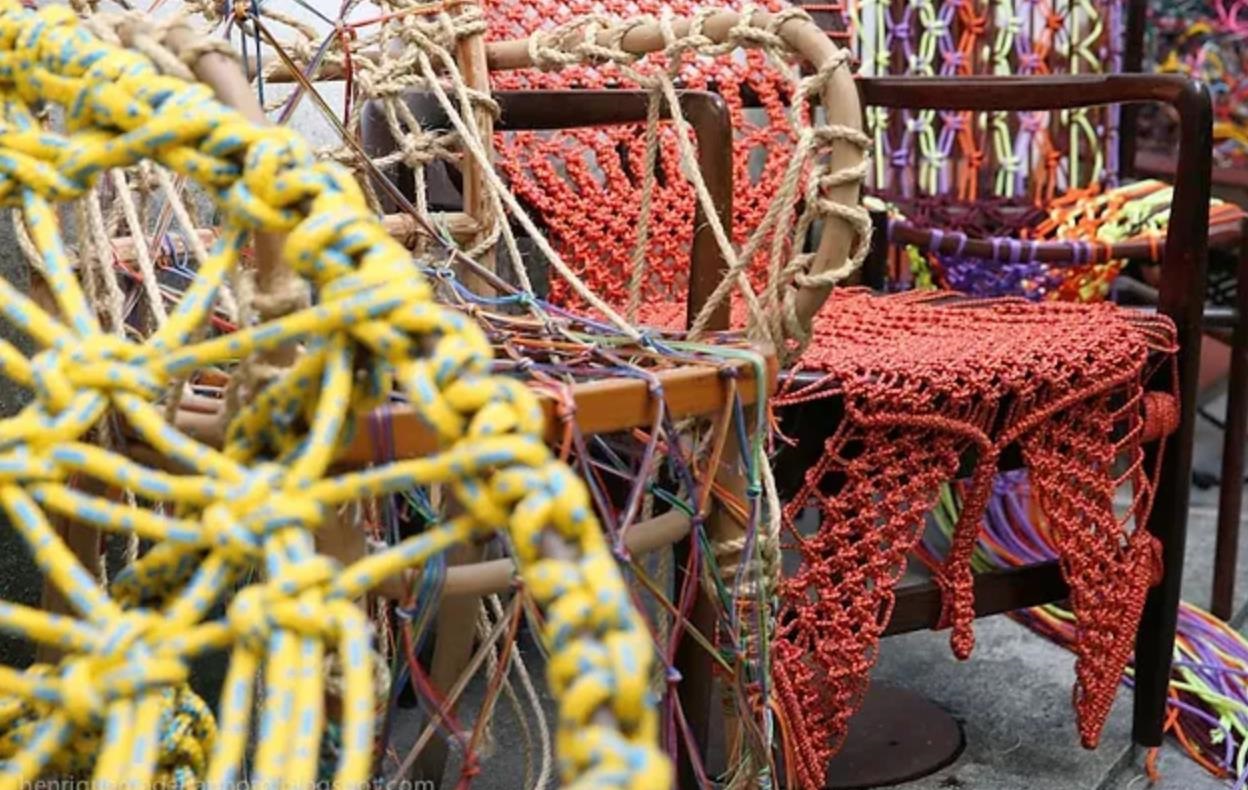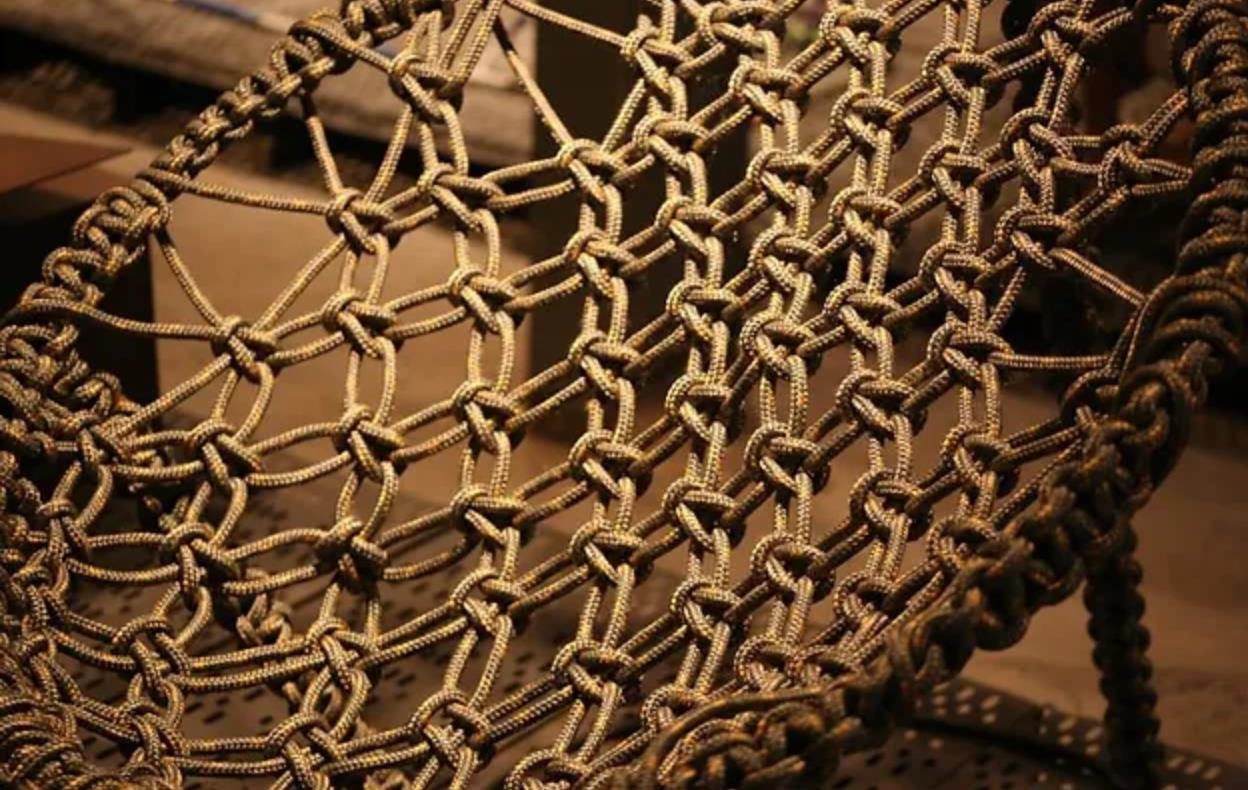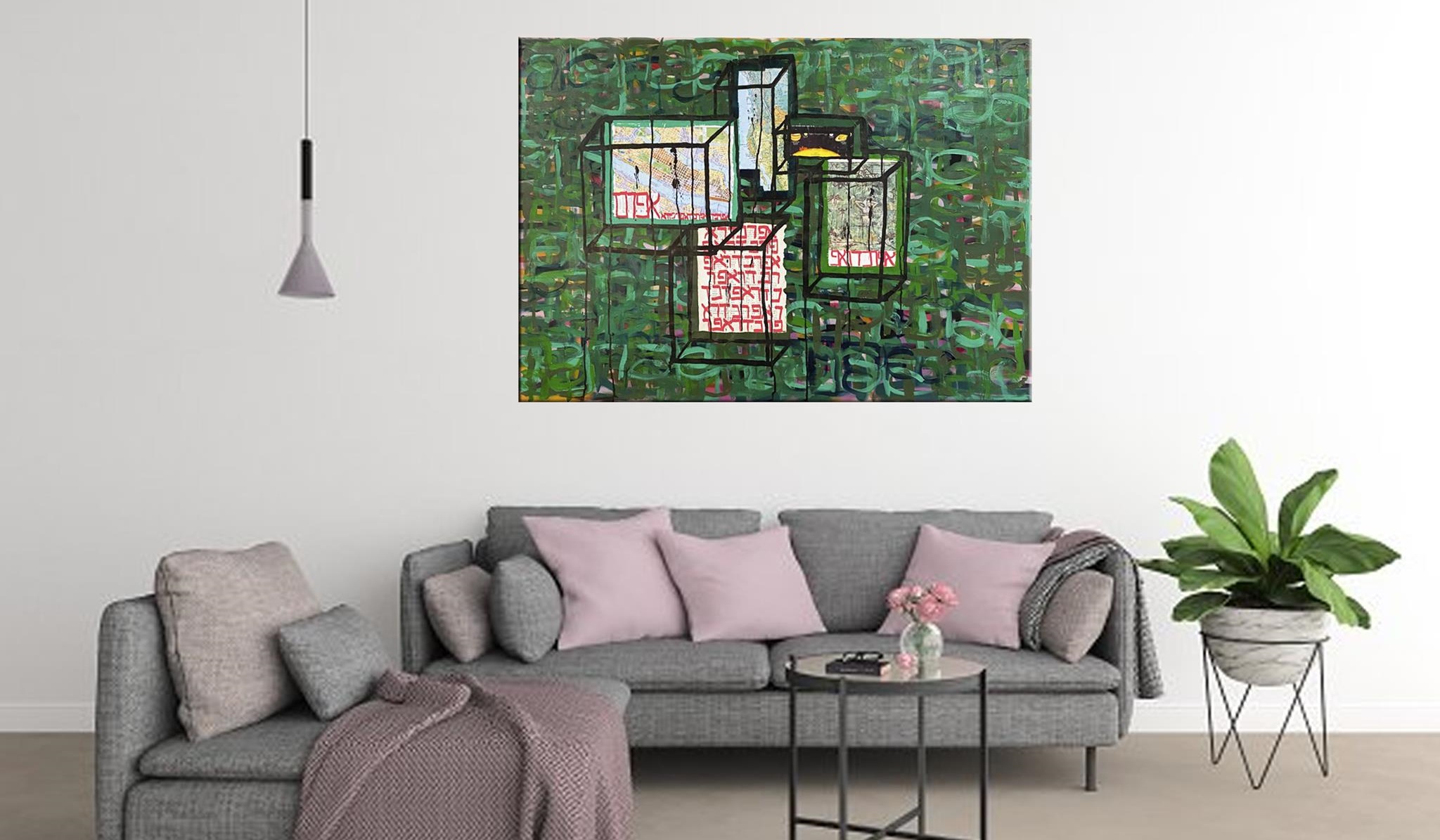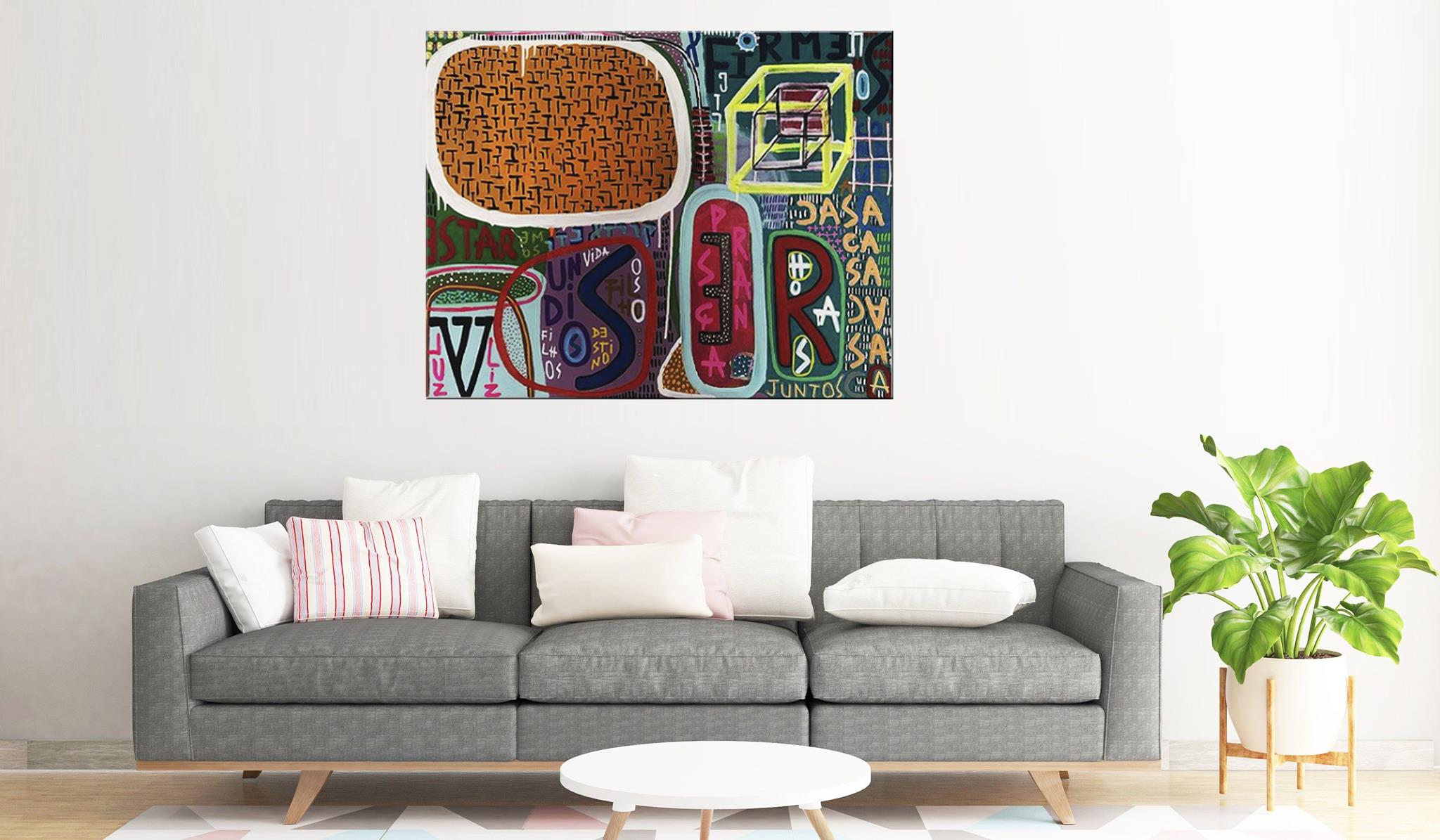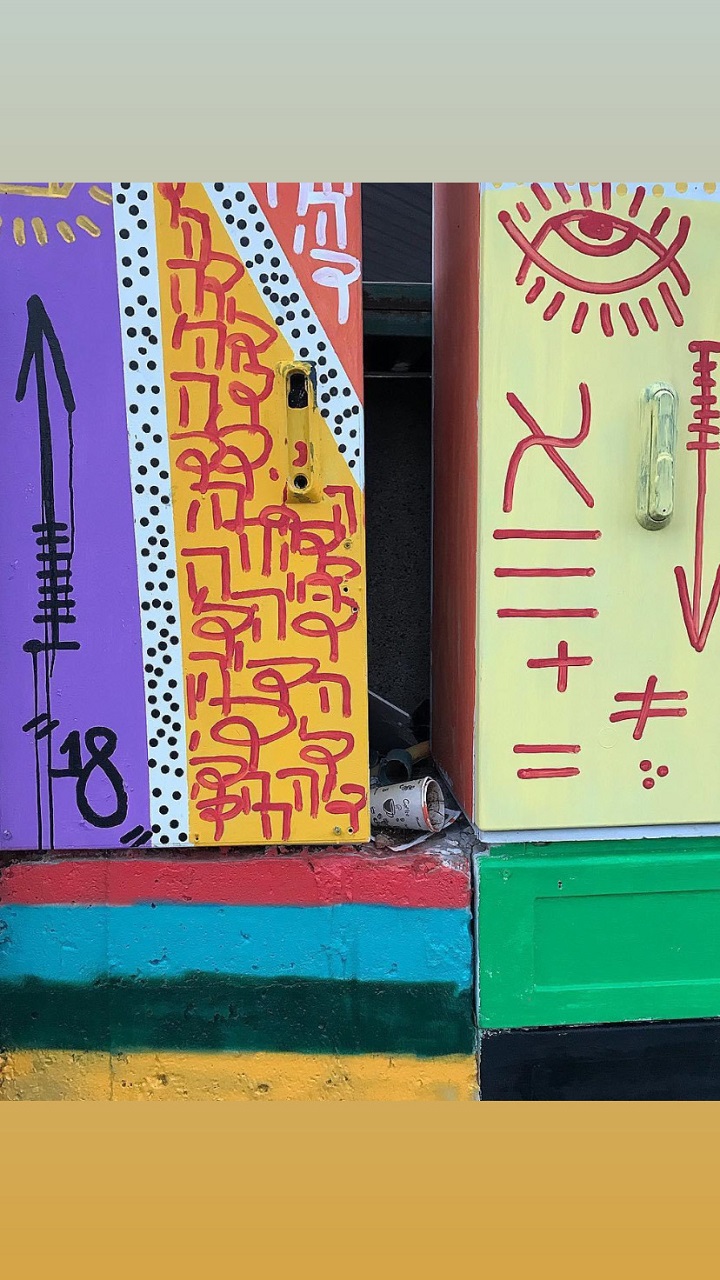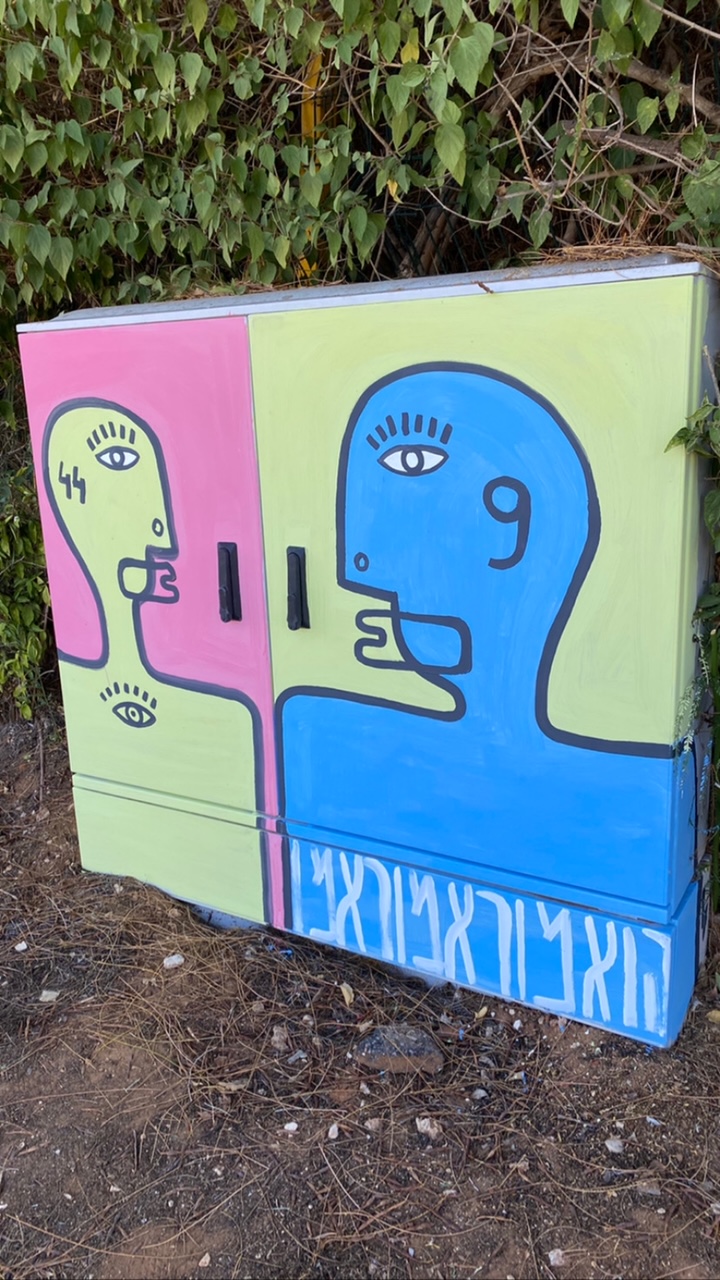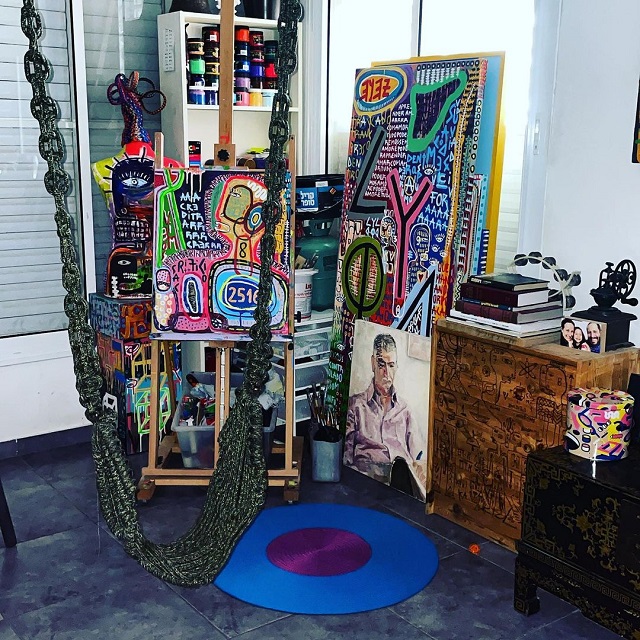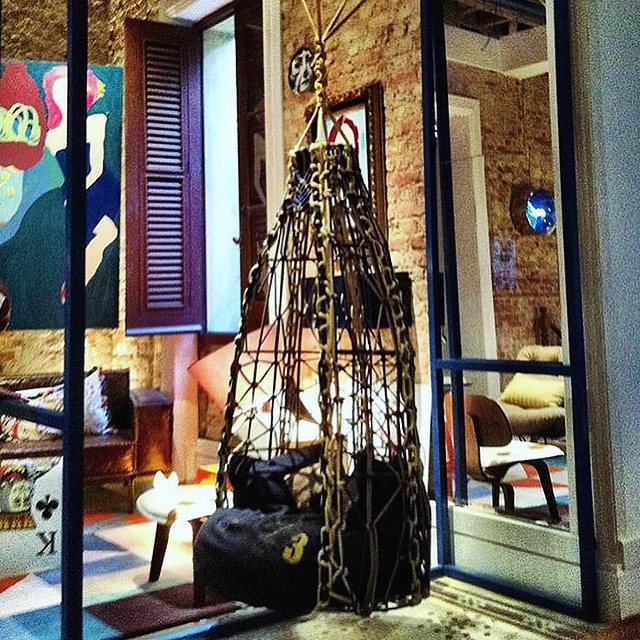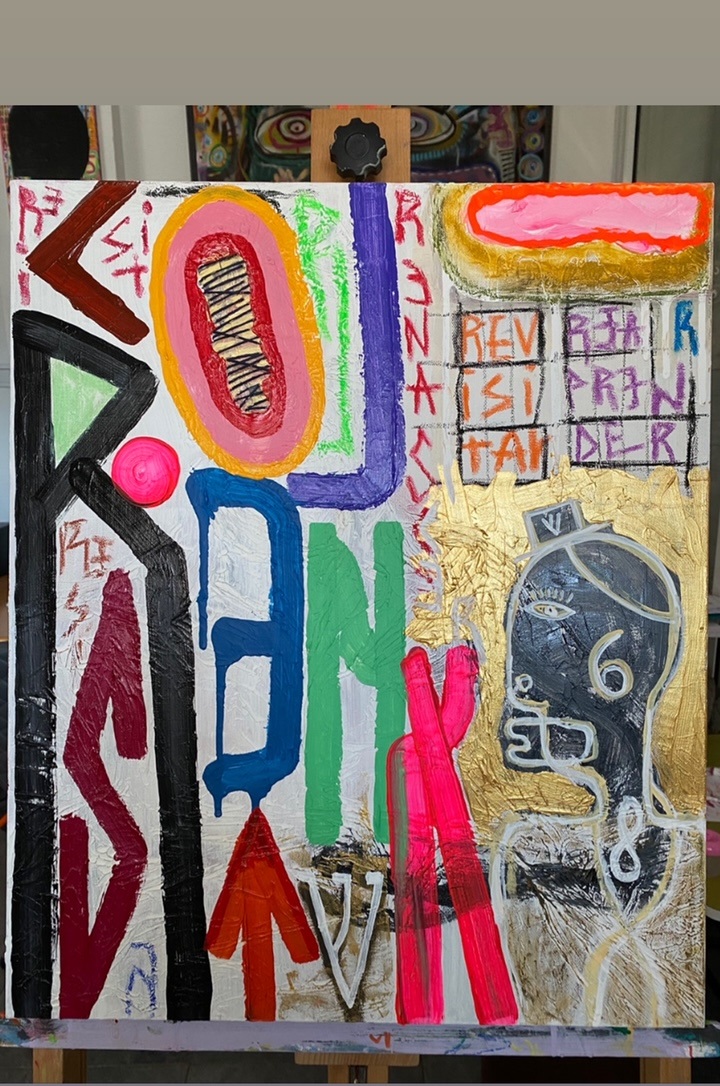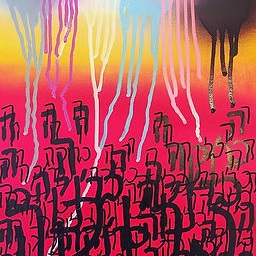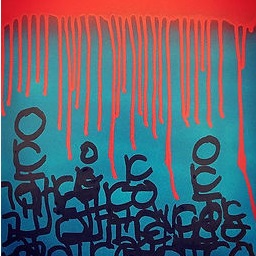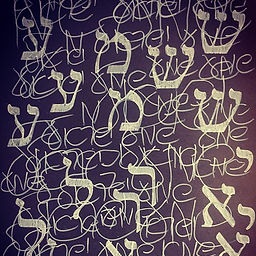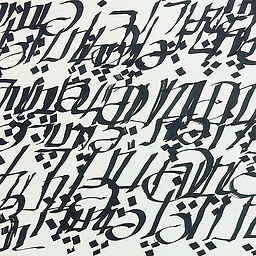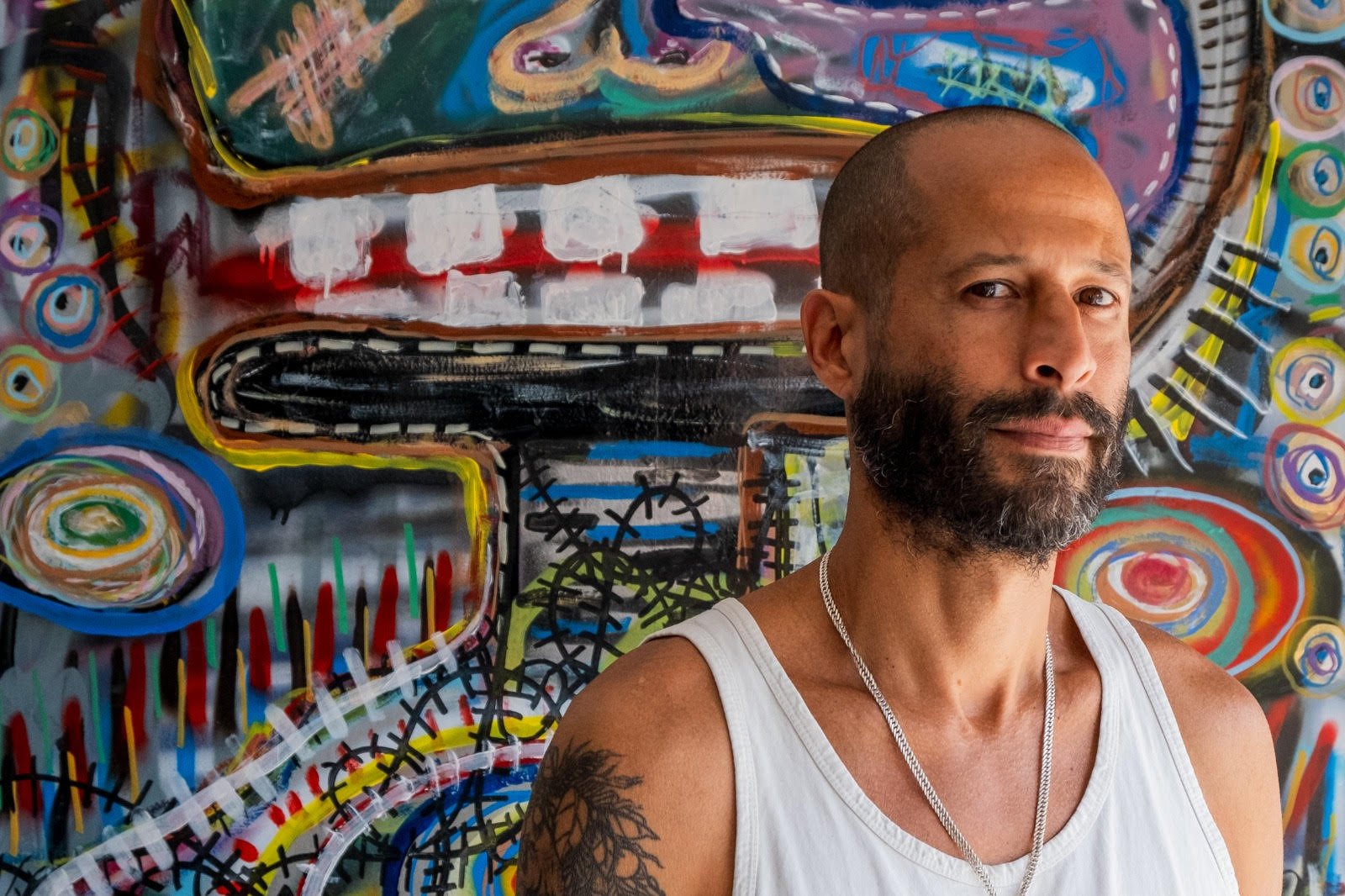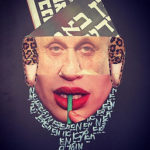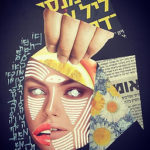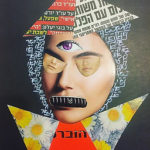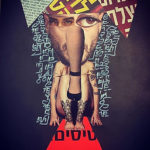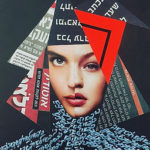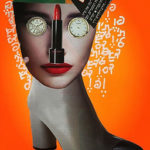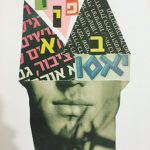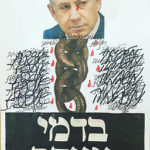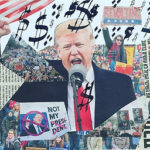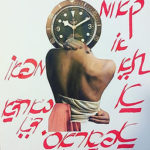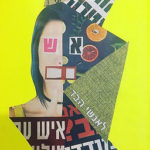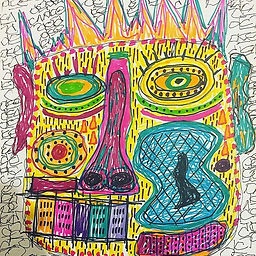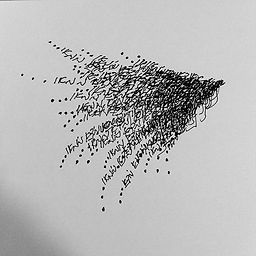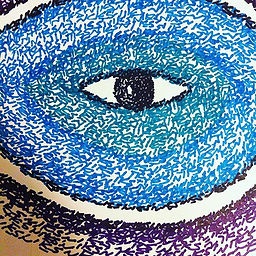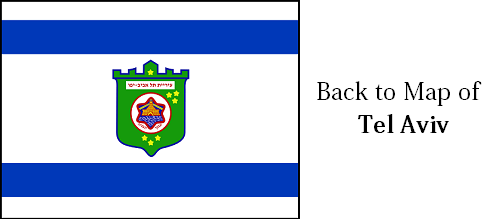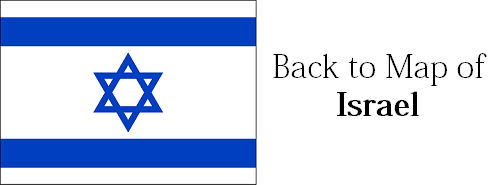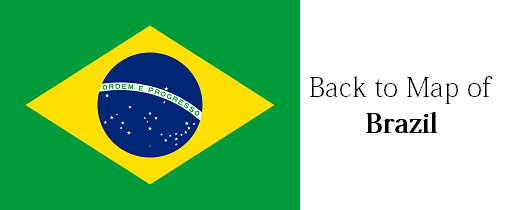The artist ALANDER ESPECIE is a sculptor and installation artist whose practice of intensive work is based on traditional weaving and macramé with curiousity about how the search for ancestry and his own path intertwine. Collecting everyday objects and utilities, the artist deconstructs in his creations the meaning of his findings and the motifs. As well he is a fabulous painter and also involves his art in social charity projects.

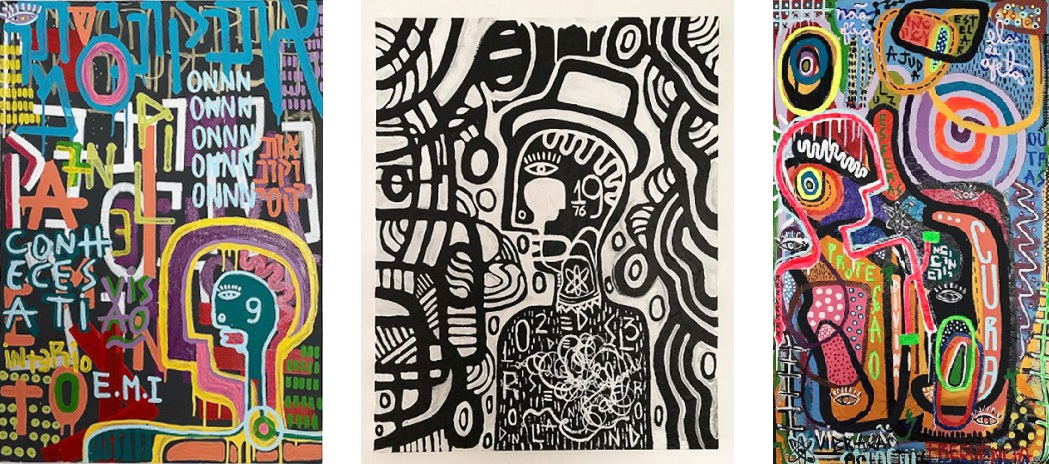
Born in Rio de Janeiro, in the Estácio neighborhood, the artist lived and spent his childhood, as well as part of his youth, in the northern part of the state in Padre Miguel in Vila Vintem. Basing himself on his quotidian and his experiences beyond his origin, he poetically constructs his narratives. Graduated in fashion, passing through contemporary art courses at the EAV School of Visual Arts of Parque Lage and goldsmithing by SENAC, in the year of 2012 he made his first individual exhibition in the National History Museum of Rio de Janeiro, with the series “Heirs of Tradition” where he appropriates 5 chairs and armchairs of 5 world renowned design icons to deconstruct and redefine them.

ALANDER ESPECIE also signed other exhibitions, such as the Museu da Casa Brasileira with his Migramah Swing seat. Through his project “Balanços” characterized by the swing seats, he proposed to the public a rescue of their childhood, using the swing object as relational art, appropriating the ancestral art macramé and resignifying it. As for the Neo-concretists, for ALANDER ESPECIE the public is part of the work and proposes a sensory relationship of an affective experience. With his challenging personality and his attempt to bring life to his installations, the artist invites the viewer to experience the unusual in the common object, from repeated movements that bring the reflection of his own work. At each node of the macramé frame and in the resistance of the material, the barrier of the sculptural object is broken in the technique of repetition, and the action is found.

Like a mantra, ALANDER ESPECIE creates his poetry and brings the form and the materialization of his answering thought. In the year 2016 he moved to Israel where he re-discovered himself as a painter, self-expressing gesturally and intuitively. In coexistence with other cultures and religions and influenced by the new way of thinking, reading, writing and especially listening, the artist thoroughly investigates the Hebrew alphabet, where he resumes his research, this time in the field of pictorial art, reusing materials, using different techniques, mixing shapes and appropriating the alphabet to create a new language. We spoke with the interesting artist in an interview.

You create paintings and also create interesting installations. But the painting came later, when you came to Israel. Tell us about your start with macramé and how you created these constructions and swings.
I learned the technique in 2005 and had a vision of maximizing the technique that is minimalist, transforming it into a large scale, sophisticated and resignified. I have a background in Fashion design, I have always been passionate about handmade and textile arts, weaves, threads… so I decided to go to the street to show this new textile language. I started by covering tree trunks with varied textures, alternating types of threads, compositions and different diameters and mainly colors, occupying public spaces. Then I realized that people related to each other and decided to make my art interactive. With the swing, also in public areas, making intervention in the flow of the path. In this way, people interacted directly with the object, which with the pendulum, and the experimentation, rescued in a certain way, the playful part of childhood. From there it became a Swing Project, of rescue and reflection of childhood, of breaking the flow of the routine, swinging with a view of the city, of the river of January, with the movement of Swing, psychiatric theory Dionysian. Then began my entrance into the scene of contemporary art and design together with urban art, in Rio de Janeiro.
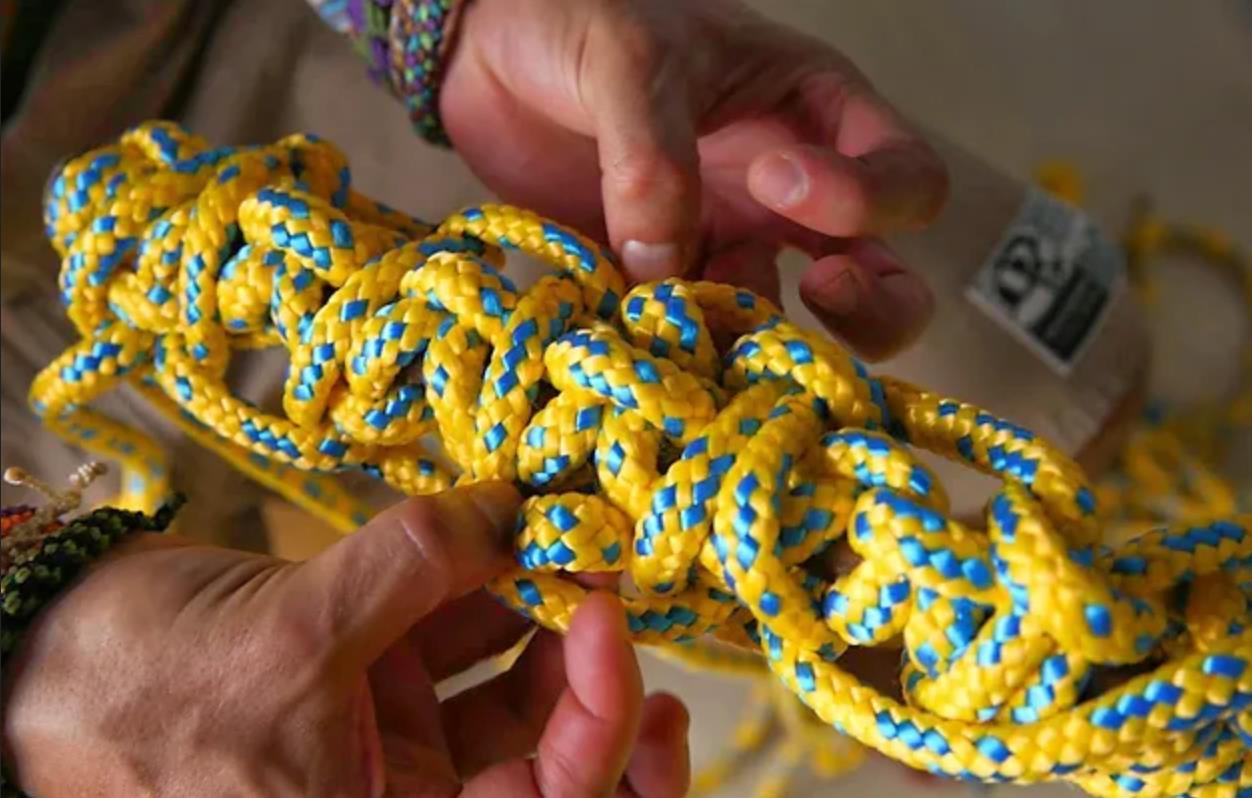
How exactly do you create the woven structures? What materials do you use? Do you dye the threads and art yourself or do you use colored materials? There are certainly many different techniques. And how did you learn that?
All objects are 100% Handmade, The raw material is variable, I am always experimenting with new materials, but the swings are basically ropes. But I have already made structures of ceramics, fabric, electrical wires, jewelry, threads, etc. I can use cotton thread dyeing, polyester threads are usually already colored, but I have suppliers that can develop special colors. I learned the technique from Uruguayan bicycle travelers, where they taught me one of the points, and life led me to learn other points of manual weaving. Macrame is an ancestral technique of 3000 BC! I think everything about macrame is special.
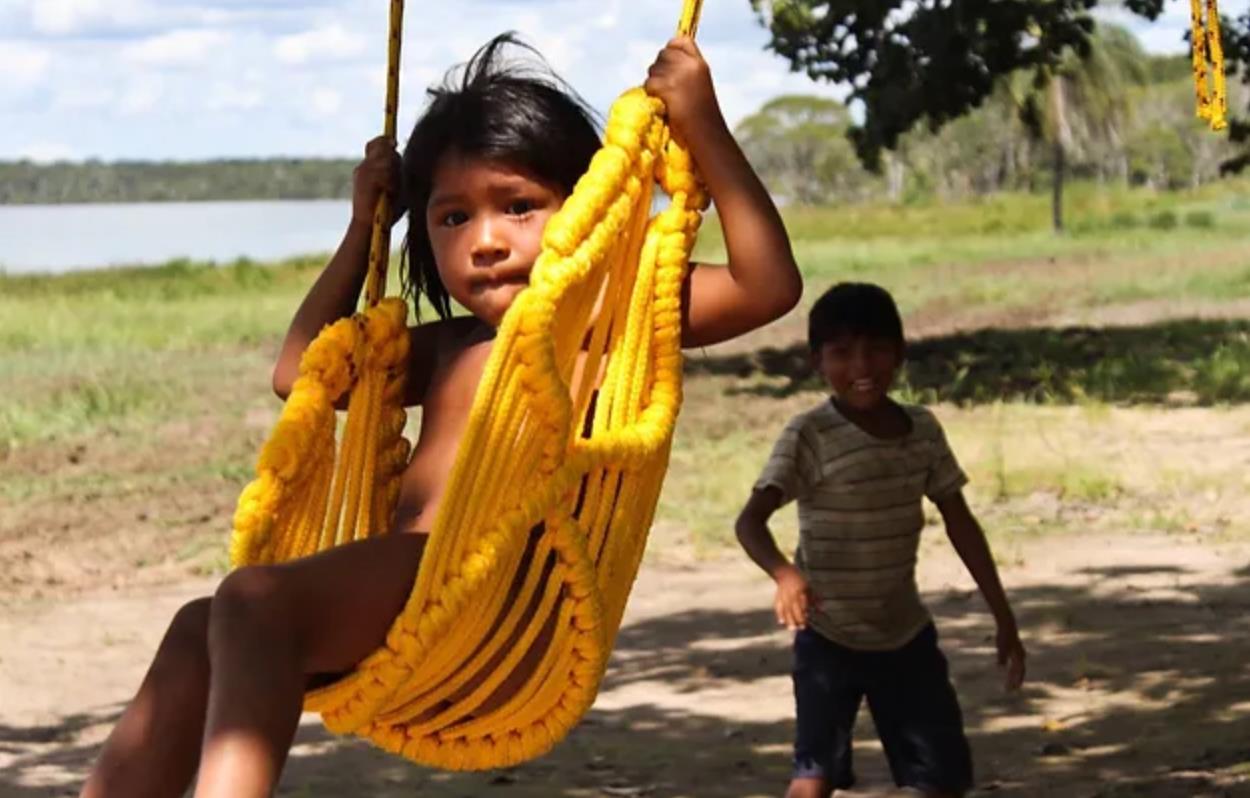
Your work often explores themes of childhood and nostalgia. What do these themes mean to you and why do you find them so captivating?
I’m fascinated by the power of childhood to evoke strong emotions and memories, and I believe that it’s a universal experience that can connect people from all walks of life.
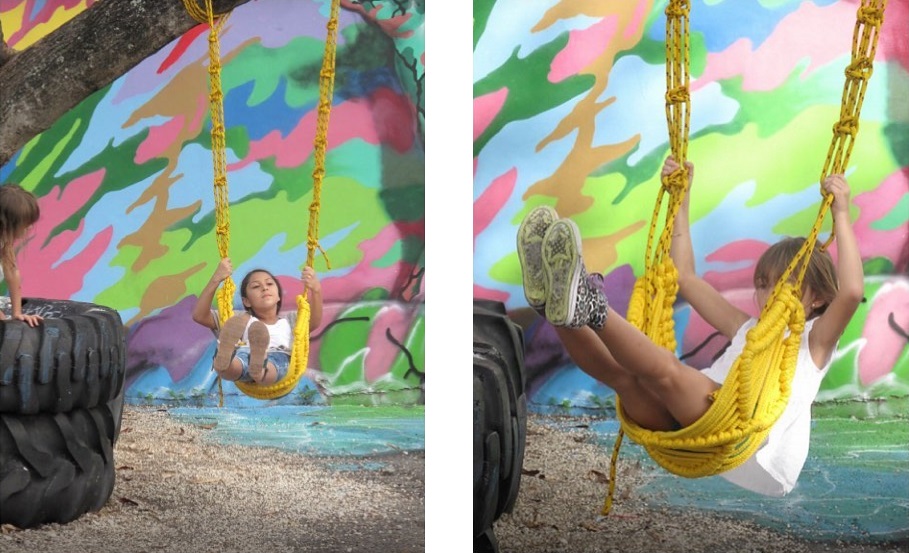
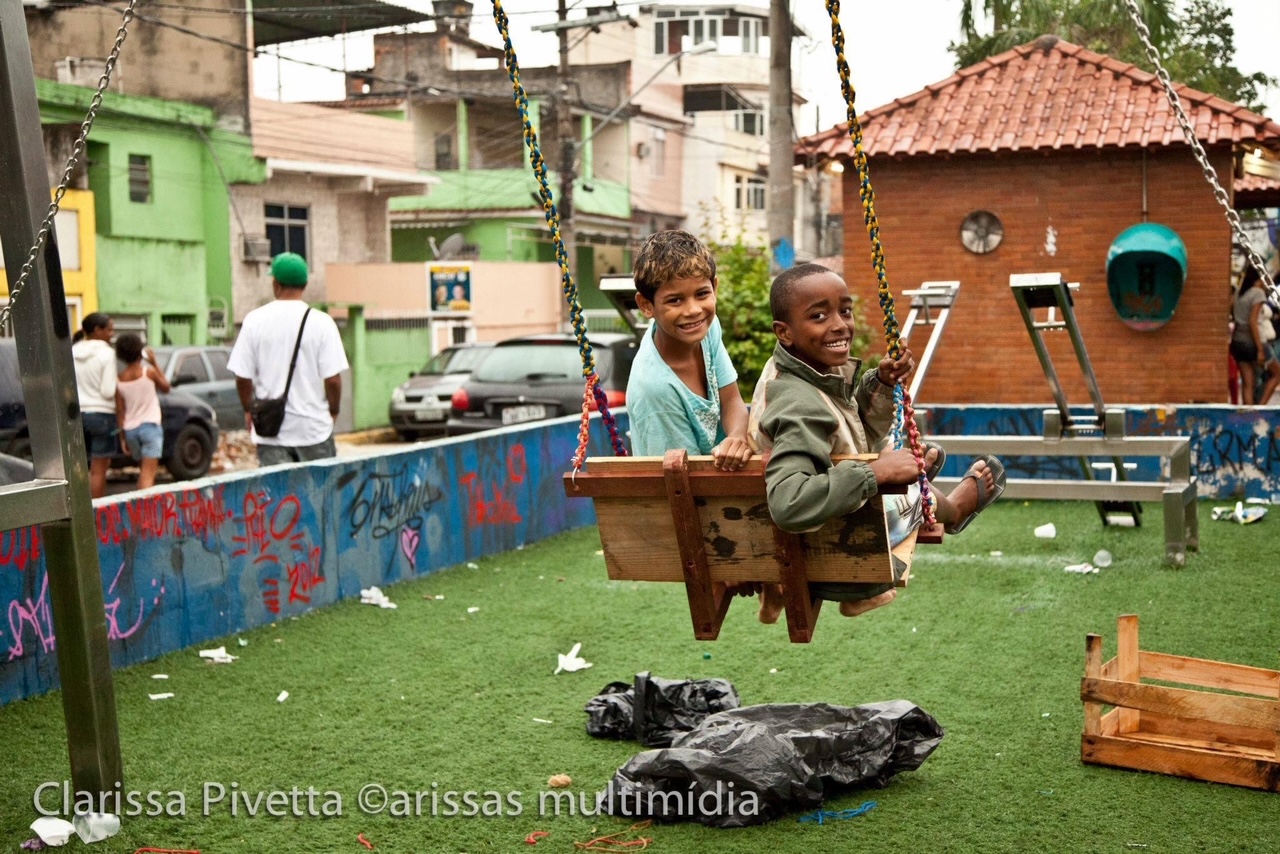
You don’t create these constructions just to be seen or as art objects for exhibitions, but they are also meant to be used by people and especially by children. Through many activities you bring more life and basically toys to the neighborhoods with which children can have fun. Overall, you are very involved in social projects.
In fact, the target audience was never children, as I said, the swing project was developed in reverse, for adults, as a relational art object, with a rescue of childhood. But of course for children it is naturally attractive! But I believe that we all have a sleeping child inside us. But at that time, I already had my first son Zion, so of course he influenced and he enjoyed it a lot, since the swing was also for indoor areas. I participated in some projects creating several swings in partnership with local artists, who were responsible for the seat and I for the ropes, among these projects, one of them Bilanx won an award, Salao de Design Brasil, one of the most important in Brazilian Design. But at some point, I didn’t want to depend on other artists or outsourced companies to make the piece, so I created the Punto a Groppo swing, 100% made with ropes and by hand. Then yes, as I only depended on myself, I entered social projects with in the favelas communities hills, with installations, Indigenous Tribe etc. But in fact the biggest recognition was in the Design scene of Rio de Janeiro, in projects for brands, sales in design stores, exhibitions, etc.
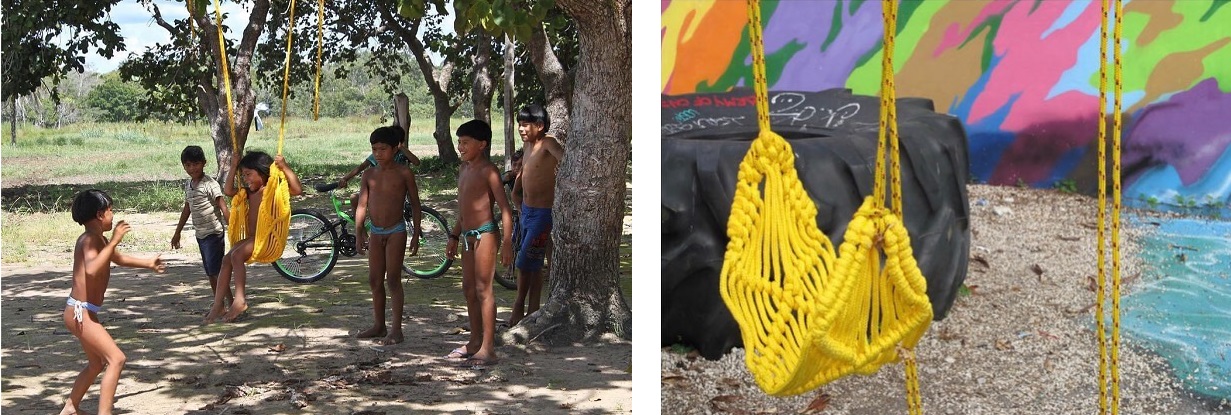
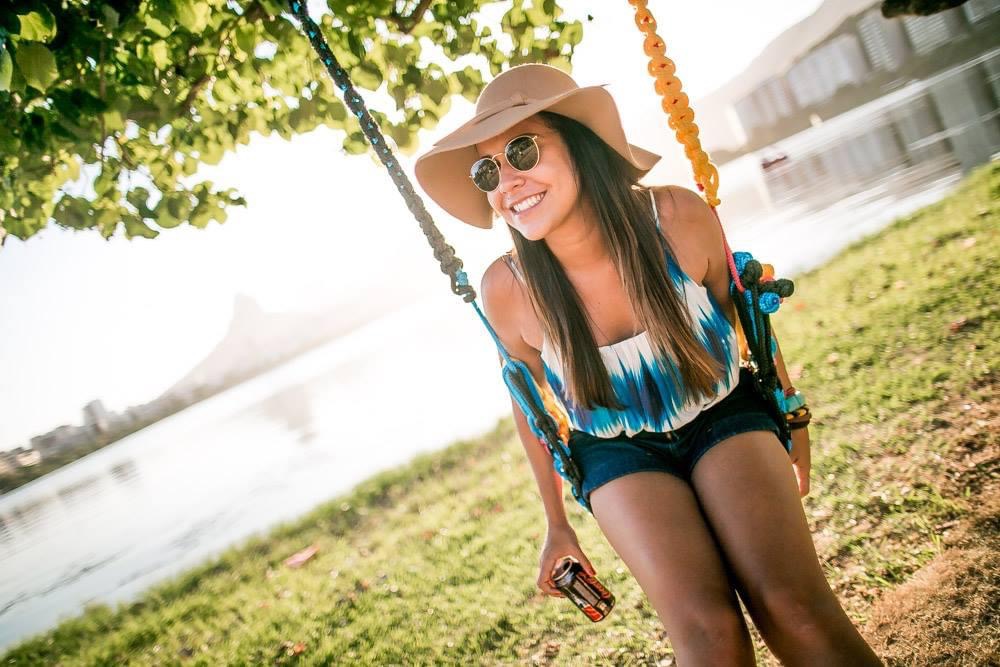
Your project “Balanços” uses swing seats as a medium to create interactive and sensorial experiences. What inspired this project and what do you hope people take away from it?
I was inspired by the nostalgia and joy that swings evoke, and I wanted to create an experience that would allow people to reconnect with their childhood memories.
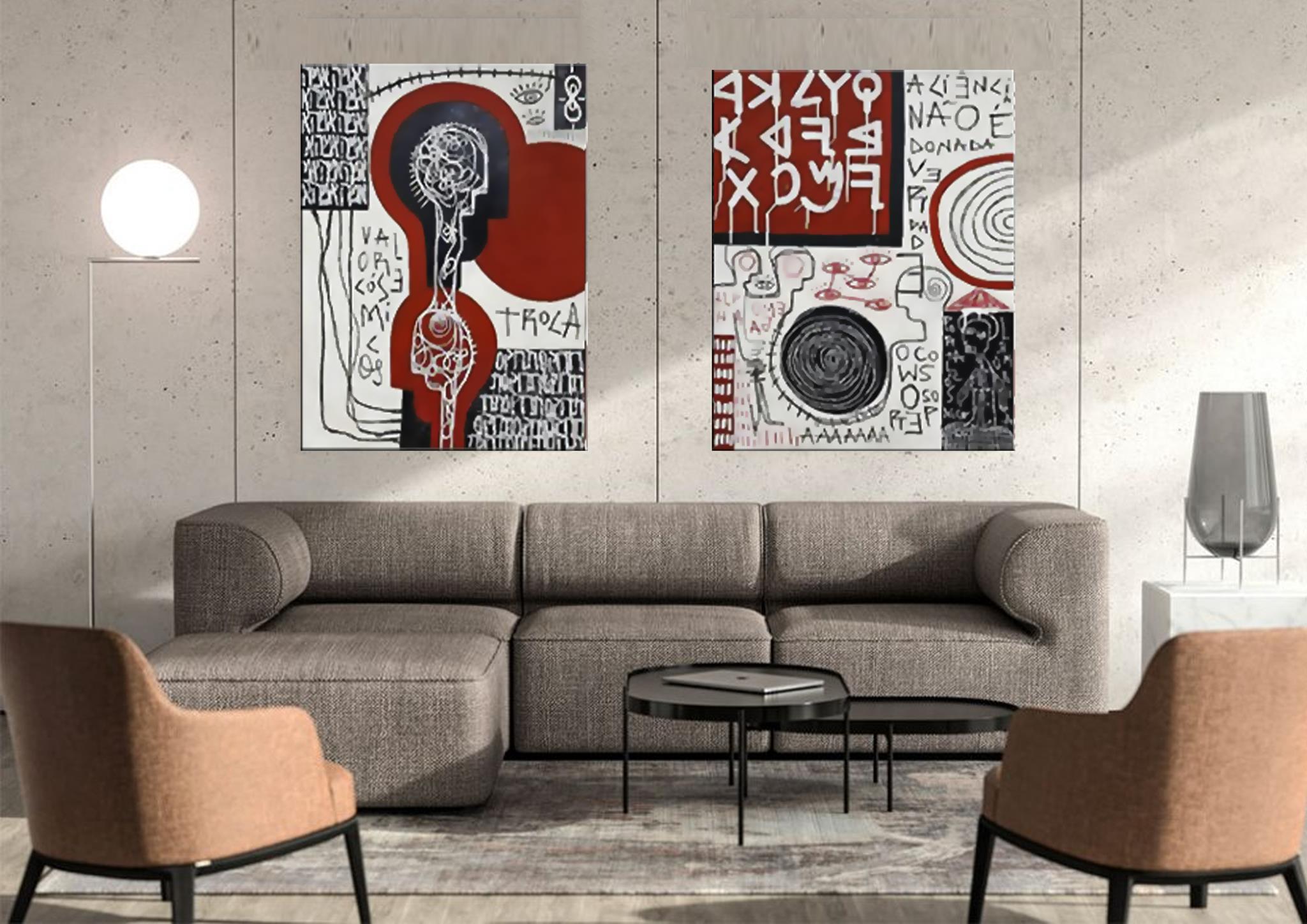
In your series “Heirs of Tradition”, you deconstruct and reinterpret iconic design pieces. What is it about these everyday objects that interests you?
I’m drawn to the cultural and historical significance of these pieces, and I enjoy exploring the ways in which they can be reinterpreted and given new meaning.
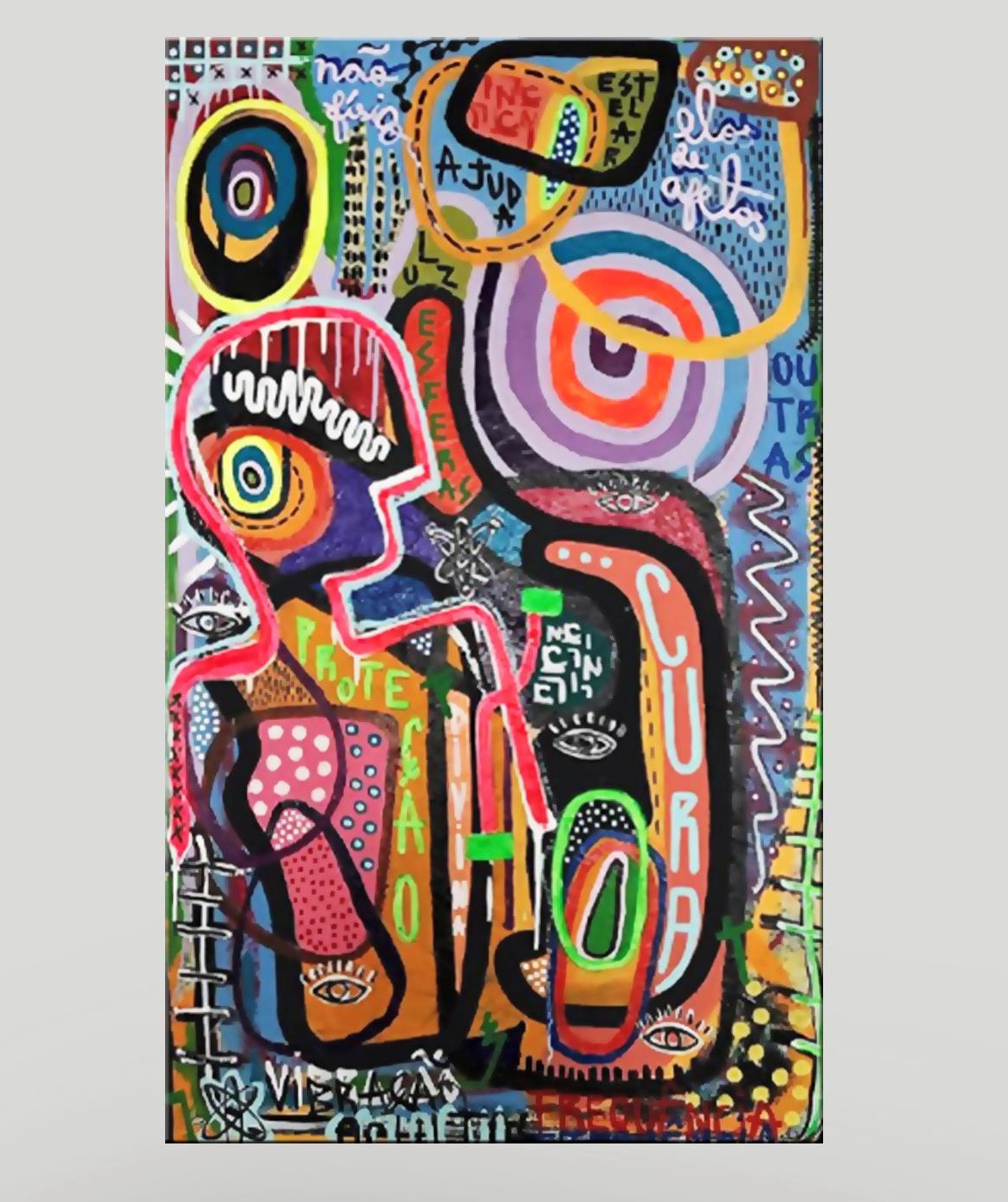
Your work is often described as being both playful and thought-provoking. What do you think makes your art unique?
I see my art as a way to connect with people on an emotional level and to spark conversations about important issues. I hope that my work is both entertaining and thought-provoking.
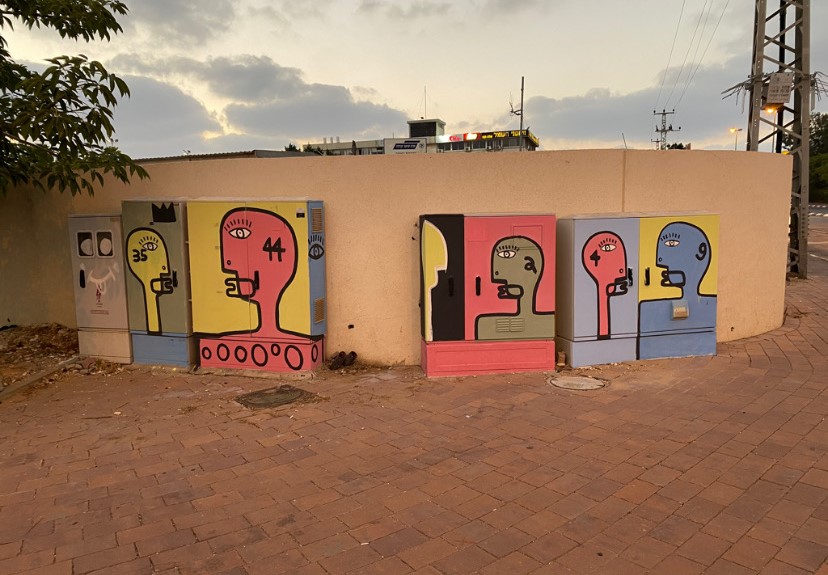
What was art like in Brazil at that time? You also had exhibitions and events there. How was your art perceived? And how was it different from the current situation in Israel? Tell us a little about your projects in Brazil.
With the swing and installations more recognized in the scene, my friends were from graffiti and street art, which was on the rise, my work manifested itself in a singular way in both scenarios. but for sure I was walking against the grain, and now I didn’t depend on companies and partnerships anymore, I depended 100% on my hands. And one day I met a special person, who invited me to a project, together with Zanine (designer well recognized worldwide) to resignify 5 pieces of icons of Brazilian and world design, which was the exhibition at the national historical museum. I participated for two consecutive years in the largest contemporary art fair ARTrio + IDA (international design art). Projects related to architecture and interior design, sale of pieces at Novo Ambiente, a store also recognized internationally. In addition to partnerships with other artists, recognized brands, etc.
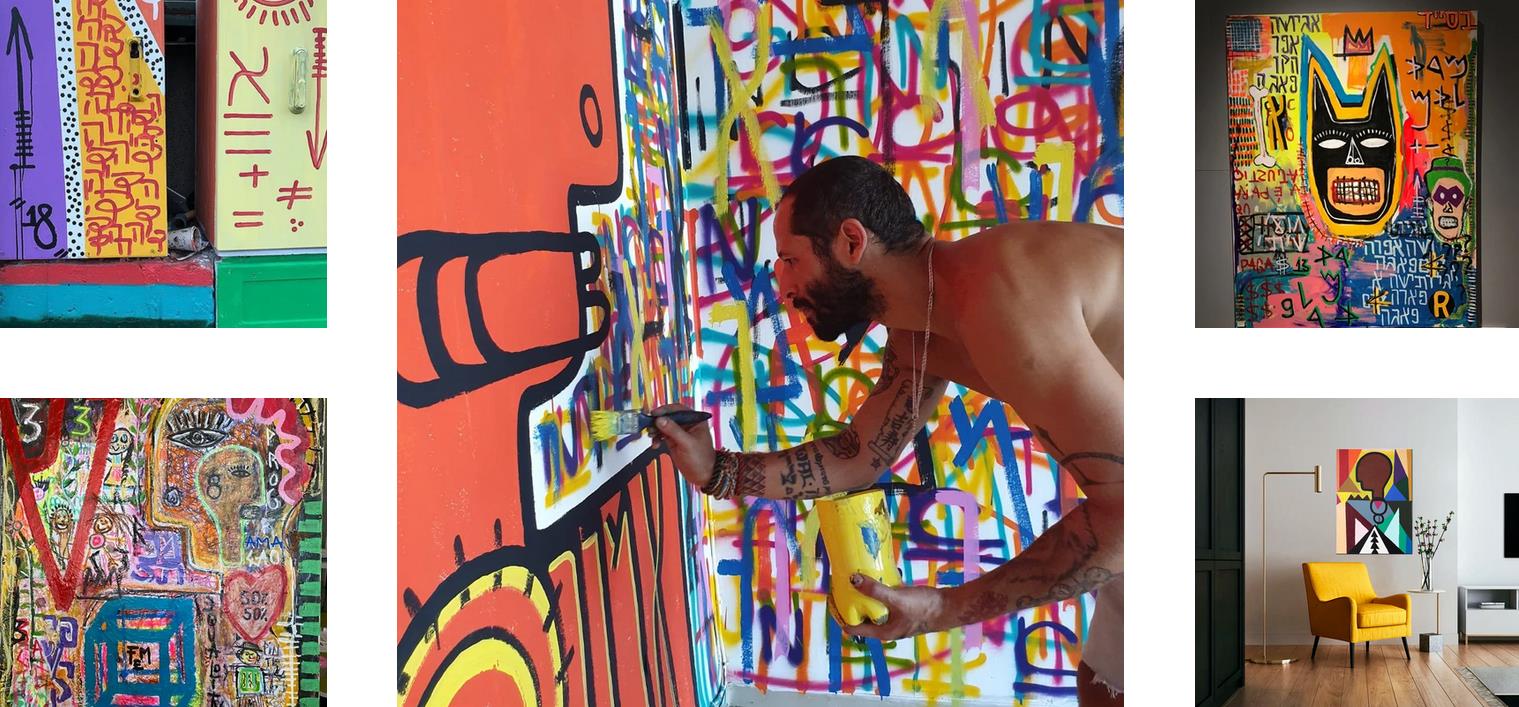
In fact, totally different from my story in Israel. I received a government incentive as soon as we arrived, I had to start from scratch on logistics, material research, I was no longer in any scene, totally unknown and without speaking the local language. After an intensive Hebrew course, starting a new life, without the demand, I didn’t want to invest in raw materials… and the Hebrew alphabet showed me new possibilities, and that each letter corresponds to a number, and appropriating the alphabet, I could rewrite in phonetics in any language. That’s when my research on ancient alphabets that gave rise to humanity began. Writing was the way I found to express myself, I started to draw. From drawing I went to painting, and then something happened and I fell in love. I always admired but didn’t believe I had that ability… with the free time during Covid, and still not wanting to invest in materials, I noticed an absurd waste of Canvas on the streets of my city. I started to collect all that I found, and repaint over them, to give a sequence of sorts to the history of others. In that Covid time, I painted approximately 150 canvases, 99% of them recycled. Even though they were sometimes pierced, it was an opportunity to use macramé on the canvases, assuming the defects is essential in my art, the less technique the more interesting. I entered a social project of the city hall where the proposal was to paint the light cabinets of the city, so my work in the arts began to be more recognized among Israelis.
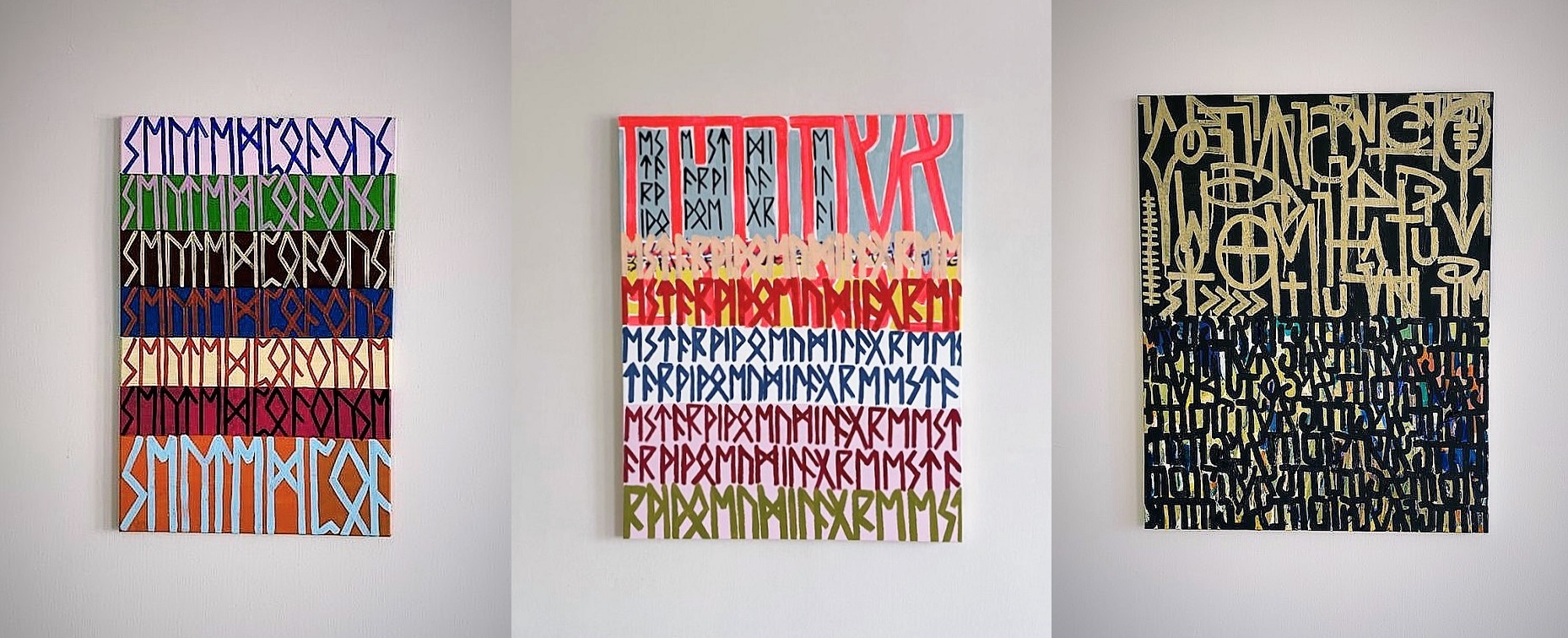
In your move to Israel, you discovered a new passion for painting and began exploring the Hebrew alphabet. How has this experience transformed your artistic practice? You also started painting and creating colorful artworks on canvas. How do you create these works? What colors do you use and what tools do you use?
The Hebrew alphabet is full of symbolism and meaning, and I’ve found it to be a powerful tool for expressing my ideas and emotions. As I said about the recycled canvases that still happen today, I basically use acrylic paint, oil, pastel, collage, sculpture, multi-media. When I understood I was already a multidisciplinary artist, a visual artist who uses different languages.
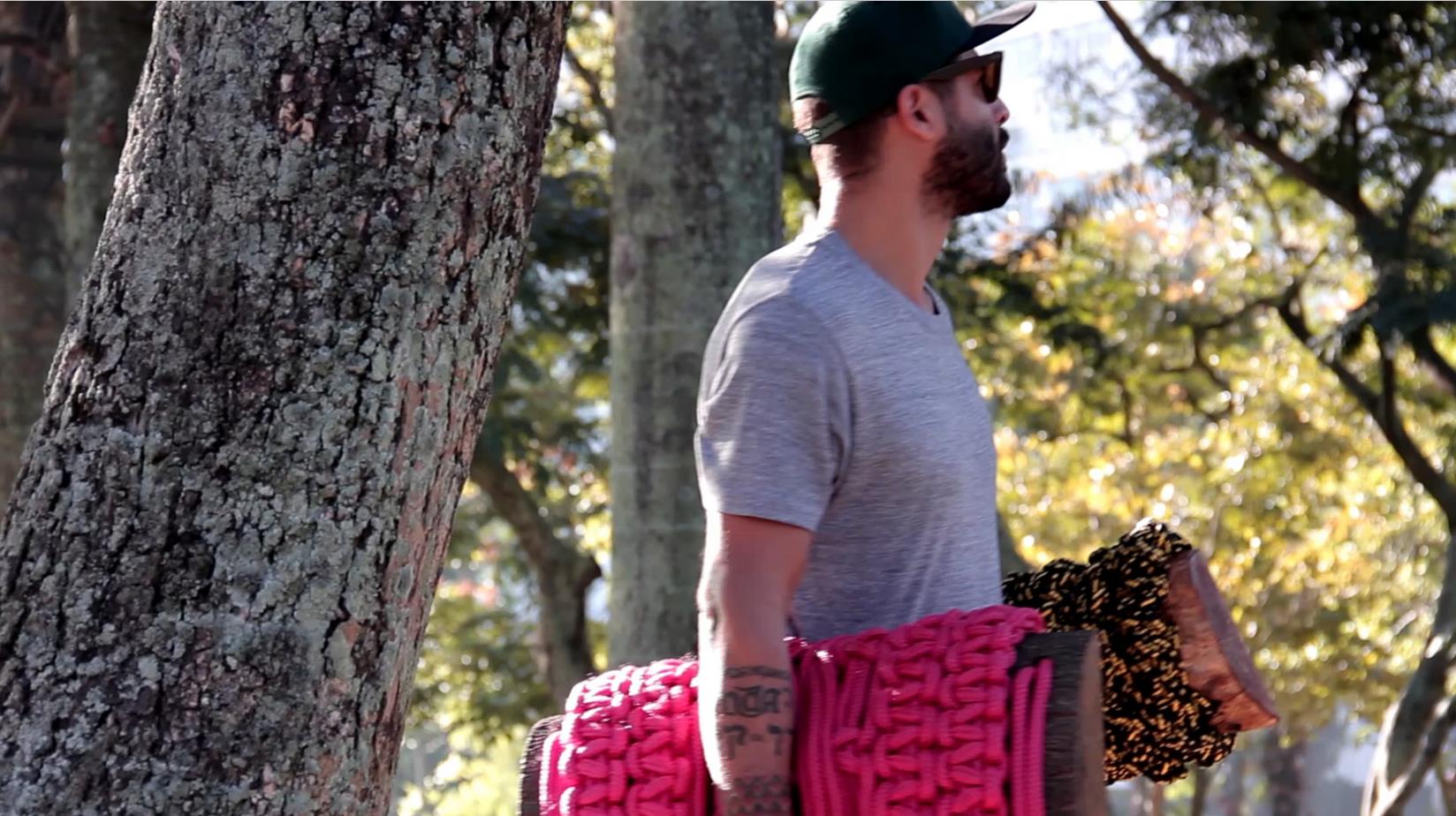
Your paintings are usually very colorful and with many shapes, sometimes chaotic and very full of writings and overlapping figures. Do these writings have a specific meaning? Are there real sentences and messages written there?
Sure! ALL! everything has some meaning, value, feeling, emotion, the paintings can be random, I get lost in the codes of language, but yes it’s all a dialogue with symbolisms of the mystical with the physical, quantum of the kabbalah and physical of the Hebrew
Sometimes it is just a large number of figures or painted over each other, but often you also have drawings of simple and childlike portraits that are reminiscent of Picasso. If you choose these motifs, why are they faces? You could also paint animals, a landscape or a house. But often there are faces in particular.
What an incredible feedback to hear, it’s gratifying! Faces that speak, that show emotions, not the leg, or the back, it’s all about a dialogue. I can still paint life, but I’m not interested. I don’t know actually, painting is very new to me. I don’t even know if I can, I need to find out!
You not only do paintings, but you also create collages. Whether just from different printed elements or photographs, or combine these clippings with your painting and letters. Tell us more about these collages.
Collage is then the most random technique that gives me the most freedom to create. And it’s another way to expand and to use my hands… My hands are the most valuable and most technological tools for me.

We deal with all kinds of art on our platform, but there is a special focus on graffiti and art in urban spaces. Anyway, many of your macramés are made to be used in the streets, but you also have murals and wall paintings that are not hanging in the gallery. Tell us more about your street art works. Where can you find them?
On the street there is no segregation, there is no control. Anyone has access and causes impact. In every city I live in you can find some of my artworks. Now especially in Raanana in central Israel and also in Eilat.

Let’s stay in the public space for another question. Many works of art are exhibited exclusively in museums and galleries far from the observer. But with you it is different, you are very much looking for contact with people and with the neighborhood. As an artist, it is important for you to have an impact on public space and make a positive contribution through your art. Tell us more about it.
Today, as a children’s educator for 7 years, I see that the contribution is much greater than I could have imagined. It reflects a lot on the children and the local community. In Brazil I reached a totally different audience.

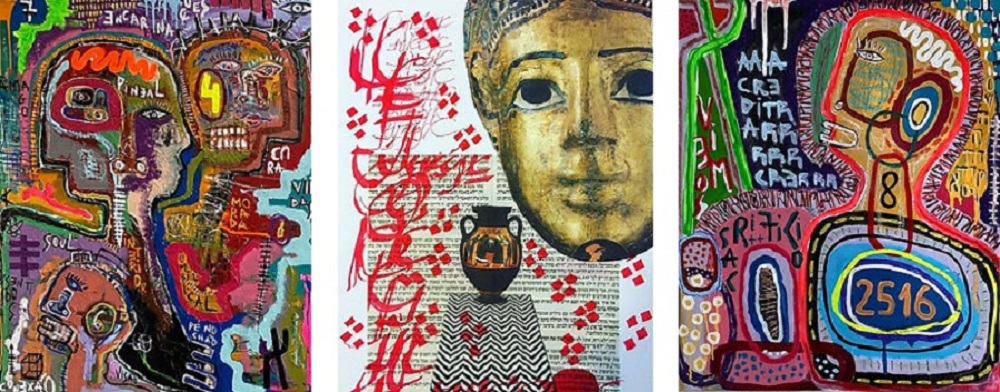
Thinking about it, which artists and creatives influenced you in your development? Is there any artist you would describe as a role model? Were there people in Brazil who influenced you early on?
I always admired Baskiat, and with him I realized that I didn’t need technique to express myself through painting. I am not a painter. Painting for me is just a support. In Brazil, the neo-concrete movement Helio Oiticica, Ligia Clark.

What about new projects for this year? Are there any events or exhibitions already planned that readers should put on their calendars? Do you have any new ideas?
This year, due to many factors, including the war, I decided to look more inside myself, I left social media and I am in another moment of my life. I continue with my experiments according to my desires when I am inspired, more than ever seeking an even more singular language within painting. trying to understand where painting will still take me. Some paintings are for sale at the Duetto Arts gallery in New York. I have a large production of approximately 180 paintings, in various sizes and media in my personal collection. Over time I understood that art has never been and is not a priority in Israel, the survival mindset, art is a superfluous thing, it is not so much a part of the culture, the vision of art is very different than in Brazil or Europe, it is a country that still has a lot to grow in art. The opportunities here were not as I expected, yet, the path continues, everything is about cycles and I have not yet used my full potential.

What is your dream project or collaboration?
I would love to collaborate with other artists from different disciplines to create a large-scale installation that would bring people together and celebrate the diversity of human expression.
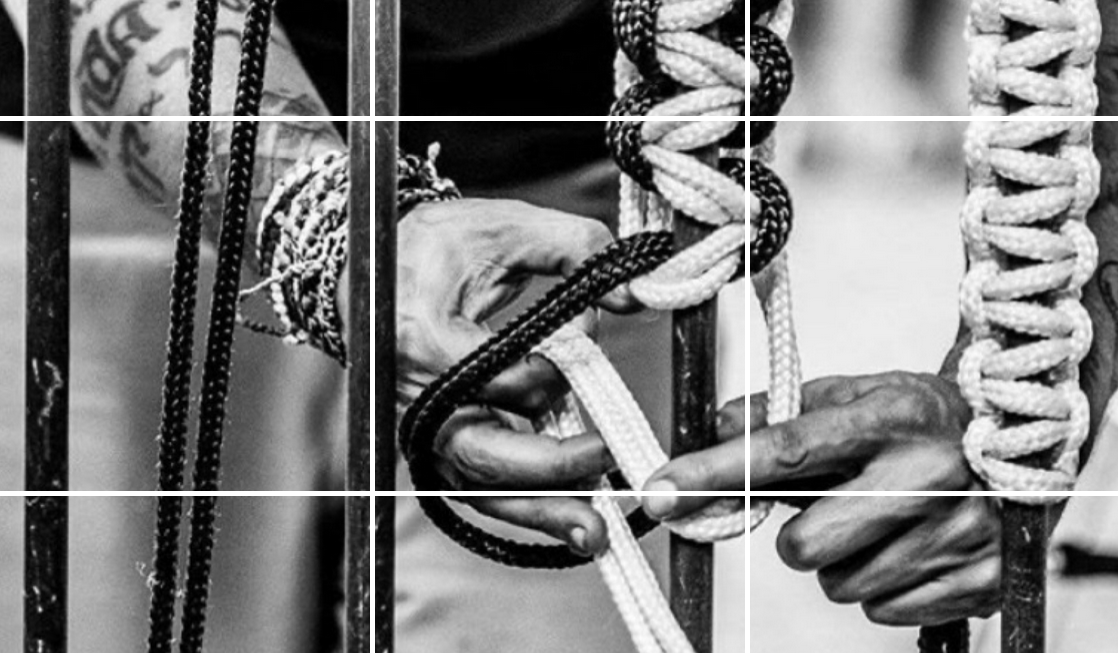
What advice would you give to aspire other artists and creatives?
Be true to yourself and your vision. Don’t be afraid to experiment and take risks. And most importantly, never give up on your dreams.
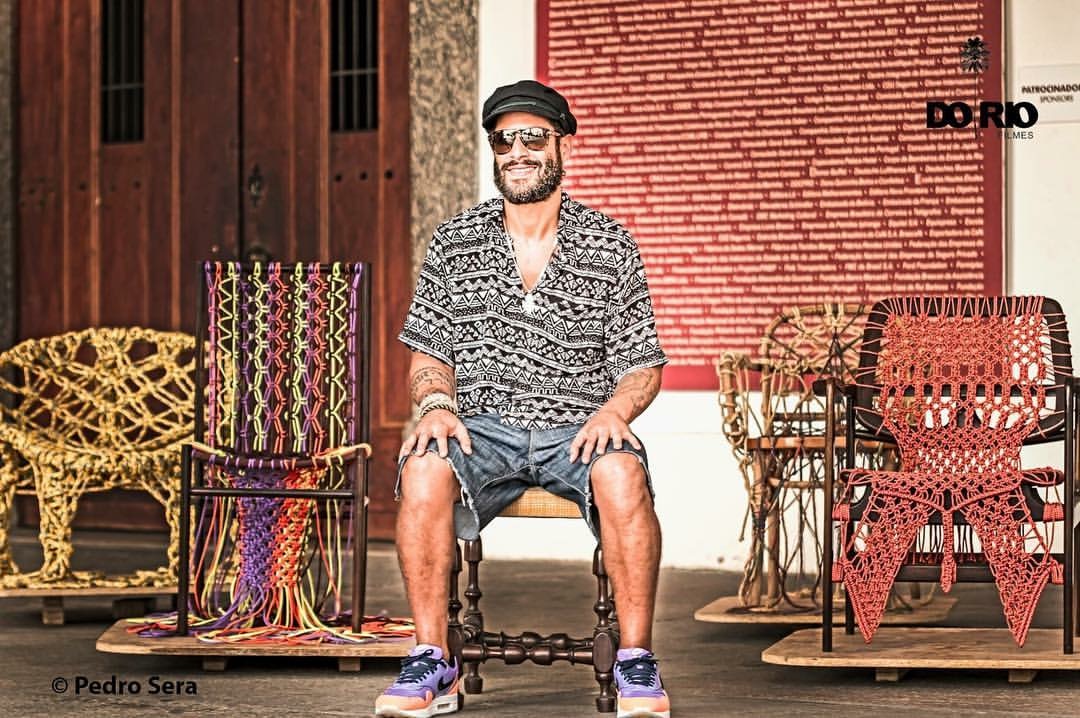
Video by Do Rio Filmes about ALANDER ESPECIE and his work
Video by Flow about ALANDER ESPECIE and his work
INFOTHEK
![]() Artist: ALANDER ESPECIE
Artist: ALANDER ESPECIE
![]() Website: https://www.alanderespecie.com
Website: https://www.alanderespecie.com
![]() Facebook: https://www.facebook.com/alander.especie
Facebook: https://www.facebook.com/alander.especie
![]() Instagram: https://www.instagram.com/ae.experience
Instagram: https://www.instagram.com/ae.experience
![]() Behance: https://www.behance.net/especie
Behance: https://www.behance.net/especie

![]() Author & Photographer: CYSTAL ESPECIE
Author & Photographer: CYSTAL ESPECIE
![]() Website: https://frantcrystal.wixsite.com/crystalfrant
Website: https://frantcrystal.wixsite.com/crystalfrant

![]() Photographer: CLARISSA PIVETTA – ARISSAS MULTIMÍDIA
Photographer: CLARISSA PIVETTA – ARISSAS MULTIMÍDIA
![]() Website: https://www.arissas.com
Website: https://www.arissas.com
![]() Facebook: https://www.facebook.com/arissasm
Facebook: https://www.facebook.com/arissasm
![]() Instagram: https://www.instagram.com/_arissas
Instagram: https://www.instagram.com/_arissas
![]() Flickr: https://www.flickr.com/photos/clarissapivetta
Flickr: https://www.flickr.com/photos/clarissapivetta
![]() Photographer: HENRIQUE MADEIRA
Photographer: HENRIQUE MADEIRA
![]() Blogspot: https://henriquemadeiraphoto.blogspot.com
Blogspot: https://henriquemadeiraphoto.blogspot.com
![]() Instagram: https://www.instagram.com/madeira_photo
Instagram: https://www.instagram.com/madeira_photo
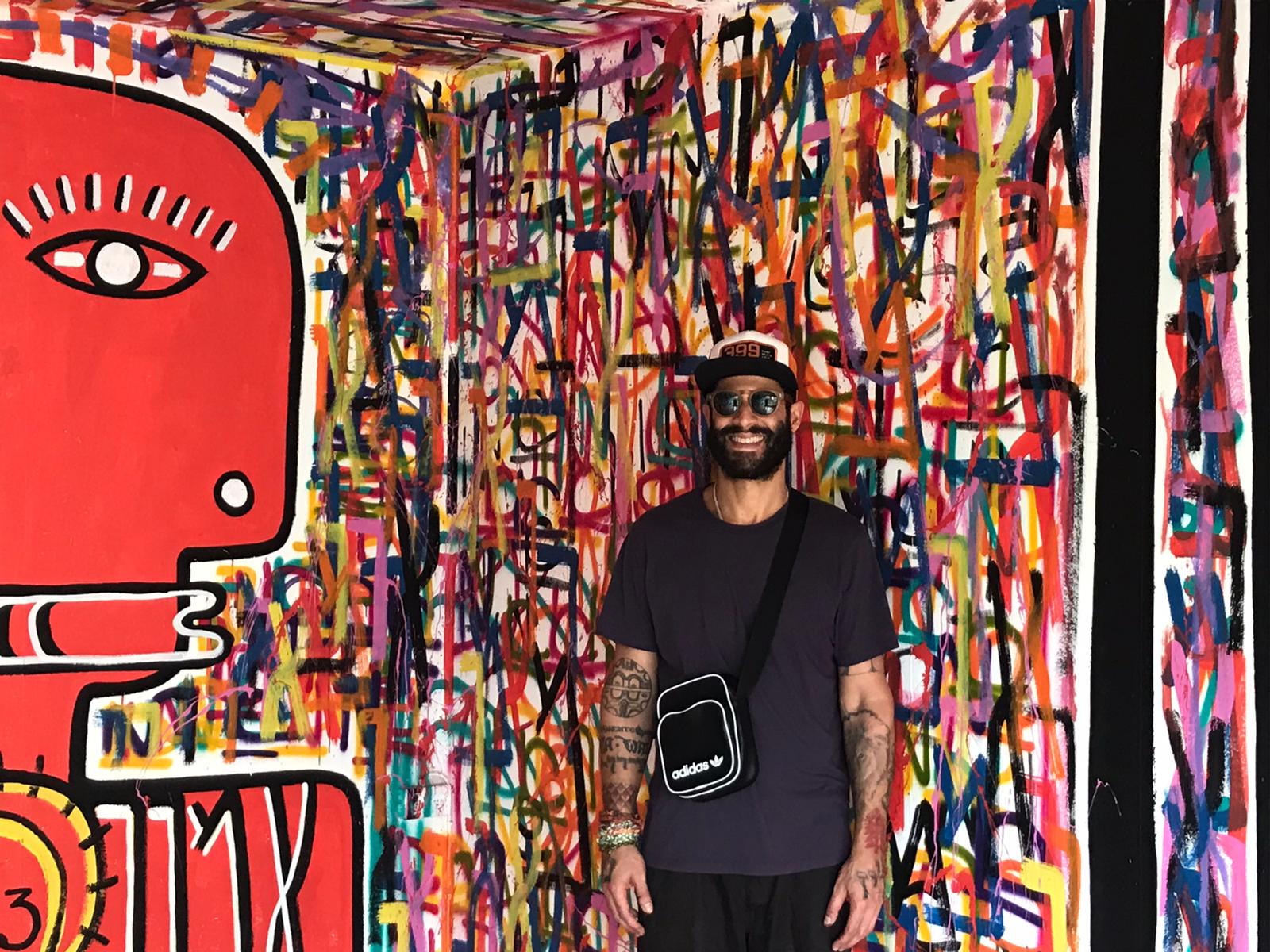
RECOMMENDABLE GRAFFITI SPOTS IN TEL AVIV
>>> Drum´s Beach <<<
>>> Carmel Market <<<
>>> Around the Surf Club <<<
>>> Capzoola – Montana Can Shop <<<
>>> Ballon Maid – Florentin <<<
MORE ARTICLES ABOUT ISRAEL
>>> Graffiti Tel Aviv <<<
>>> Streetart Florentin <<<
>>> City Report Jerusalem <<<
>>> City Report Tel Aviv <<<
>>> Streetart Map Tel Aviv <<<
>>> The Dead Sea <<<
>>> Herodium Monumentum <<<
>>> Capzoola – Montana Can Shop <<<
>>> Interview – Andrew from Capzoola <<<
>>> Interview – Andrew from Capzoola <<<
>>> Interview – Sprayer EVYA <<<
>>> Streetart – Jerusalem <<<
MORE ARTICLES ABOUT BRAZIL
>>> Urban Artist – Daniel Bazco <<<
>>> Streetart Brasileiro <<<
>>> Rio – Copacabana & Corcovado <<<
>>> Mangue Seco – Rio Real Delta <<<
>>> San Salvador de Bahia <<<
>>> Subdistrito de Arembepe <<<
>>> Recife – Pernambuco <<<
>>> Porto de Galinhas – Ipojuca <<<
>>> TAMAR Turtle Heritage <<<
